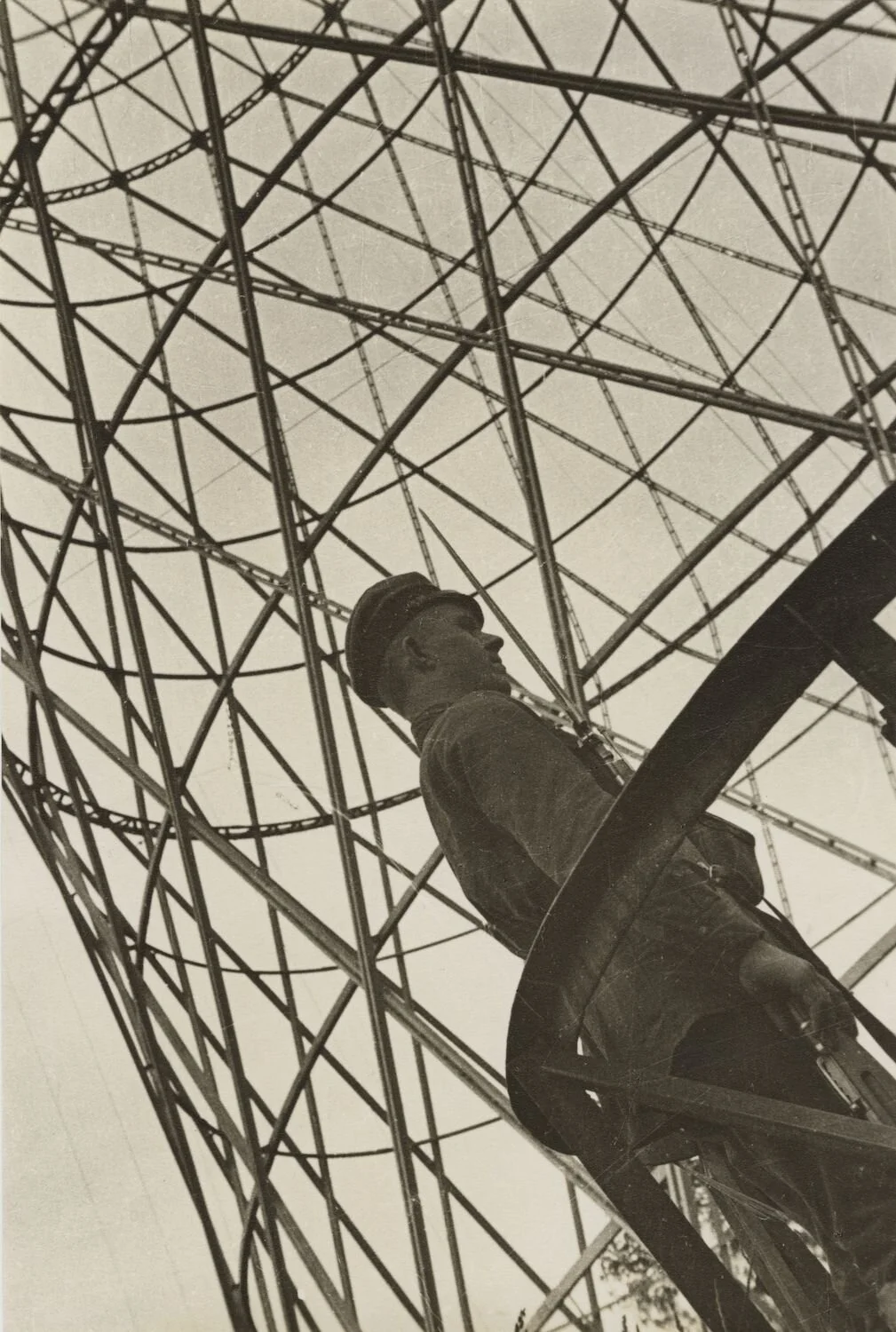Bruce Museum: Hot Art in a Cold War: intersections of Art and Science in the Soviet Era Review
By Peru McCarra
The exhibition Hot Art in a Cold War is the latest incarnation of curator Ksenia Nouril’s previous 2016 layout Dreamworlds and Catastrophes: Intersections of Art and Technology in the Dodge Collection, an artistic show focusing on the Soviet artists’ understanding of the correlation of the science, technology and design during the Cold War. Ksenia Nouril’s in depth knowledge of historical global development allows for the audience to gather a sophisticated and complex comprehension of the geopolitical events surrounding the Soviet impact, and in turn understanding the value of the dominant technological advancement it achieved.
Dr. Daniel Ksepka, the Bruce Museum Curator of Science and co-curator of the exhibition maintains that the “Hot Art in a Cold War” show is a perfect example of the connection of art and science. He could not have described the spectacle more accurately. The Bruce Museum showcases anxiety-provoking as well as fantastical imagery focusing on the USSR lifestyle of the Soviet Republics during the 2nd half of the 20th century. The audience is overwhelmed with paintings, photographs, and sculptures that either serve as commentary on the Soviet Union day to day life or hold remnants of key items during that time.
© Boris Mikhailov (Ukrainian, b. 1938), Untitled from the series Sots Art, 1975-1990
Such significant relics displayed from 1986 are the specimens from Chernobyl, a nuclear power plant accident that injured 134 workers and killed 28 firefighters in the Ukraine. However, successes were also had around this time of scientific advancement. For example, to the credit of the USSR, the Soviet space program launched the first artificial satellite. The Soviet space program also launched the first animal, human, and space station into orbit. The art exhibition includes artifacts of the unlaunched backup of Sputnik, as well as equipment from the Salyut space station program.
© Aleksandr Zhitomirsky (Russian, 1907-1993), Ferocious Appetite, 1969
The political viewpoints of artists can be understood in two vital pieces, the Ferocious Appetite (1969) by Russian artist Alexandr Zhitomirsky, and an untitled photograph from Sot’s Art Series (1938) created by Ukrainian artist Boris Mikhailov. Zhitomirsky’s photomontage focuses on the critical propaganda against the United States, displaying a U.S. general as a shark eating a hospital, a school, office buildings and sausages. Zhitomirsky offers his signature look of grotesque characters conveying his opposition towards the devouring American capitalism. In contrast, Boris Mikhailov’s untitled image expresses the opposition of the strict regime of the USSR. His 1938 photograph of the elementary military students are restricted with gas masks, as though they are prepared for protecting themselves from destruction around them. The poignant remark, his observation of such a strict government, is strengthened by the image of the professor in front of them, seeming to direct their pose as well as the image of powerful Lenin portrait on the wall.
© Jānis Borgs, Dynamic City, 1976
The sense of nationalism and pride of the Soviet accomplishments radiates throughout the art gallery show, granting the audience visual validation of the importance of the Soviet Republic. Though the overall mindset of the artists give positive feedback about the Soviet government, artists such as Mikhailov provide a well-rounded perspective, allowing the audience to gain a more valuable and truthful viewpoint of a crucial time of scientific advancement.
© Valdis Celms, View of Positron, 1977












